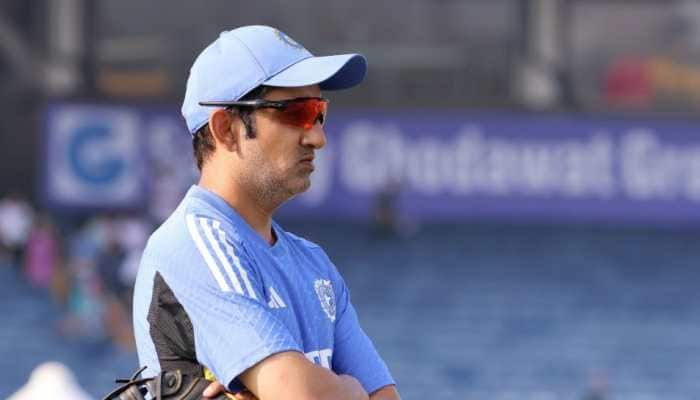Banks re-open: Explained everything – from exchanging Rs 500, Rs 1000 notes to deposits, withdrawals and ATM transactions
With banks re-opening on Thursday after government ban on Rs 500, 1000 notes, people were seen rushing to their nearby banks to deposit cash, exchange their high denomination notes, but were seen facing many difficulties and had to return back, because of invalid or no documents.
Trending Photos
)
New Delhi: With banks re-opening on Thursday after government ban on Rs 500, 1000 notes, people were seen rushing to their nearby banks to deposit cash, exchange their high denomination notes, but many faced many difficulties and had to return back, because of invalid or no documents.
Here are few steps which one should take before rushing to banks or ATMs.
All banks across the country will remain open on this Saturday and Sunday for the conveniences of the customers. It is, however, not clear whether post offices would be open or not on the weekend. There are about 1.25 lakh post offices across the country.
You can go to any bank, head post office or sub post office, show your identity proof like Aadhaar card, voter card, ration card, passport, PAN card or other approved proofs, and exchange your old five hundred or thousand rupee notes for new notes.
Persons holding old notes of five hundred or one thousand rupees can deposit these notes in their bank or post office accounts from 10th November till close of banking hours on 30th December 2016 without any limit. After depositing your money in your account, you can draw it when you need it.
Keeping in mind the supply of new notes, in the first few days, there will be a limit of ten thousand rupees per day and twenty thousand rupees per week. This limit will be increased in the coming days.
There will be a limit on withdrawal from banks and post offices to Rs 10,000 a day, and Rs 20,000 a week. The limit will be raised in the coming days.
You can exchange Rs 500/Rs 1,000 notes at any bank, post office or sub post office, showing ID proof, till November 24, 2016. The limit for this is Rs 4,000.
The new hard-to-fake Rs 500 and Rs 2,000 currency notes will be available at bank ATMs when they start operating again from Friday.
Withdrawals from ATMS will be limited to Rs 2,000/day per card up to November 18, 2016. This will be raised to Rs 4,000 late
For 72 hours, till midnight on 11th November, Rs 500, Rs 1000 notes can be used for purchases at consumer cooperative stores operated under authorisation of central or state governments; for purchase at milk booths operating under authorisation of the central or state governments; for purchase of petrol, diesel and gas at the stations operating under the authorisation of public sector oil marketing companies; for payments at crematoria and burial grounds.
There is no restriction of any kind on non-cash payments by cheques, demand drafts, debit or credit cards and electronic fund transfer.
In a historical move that will add record strength in the fight against corruption, black money, money laundering, terrorism and financing of terrorists as well as counterfeit notes, the Narendra Modi government decided that the five hundred and one thousand rupee notes will no longer be legal tender from midnight, 8th November 2016.
Notes of one hundred, fifty, twenty, ten, five, two and one rupee will remain legal tender and will remain unaffected by the decision.
Stay informed on all the latest news, real-time breaking news updates, and follow all the important headlines in india news and world News on Zee News.
Live Tv







)
)
)
)
)
)
)
)
)
)
